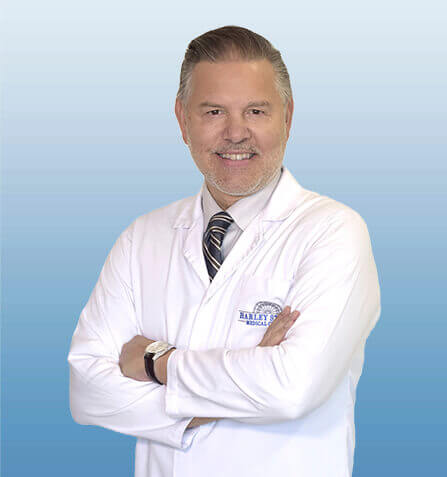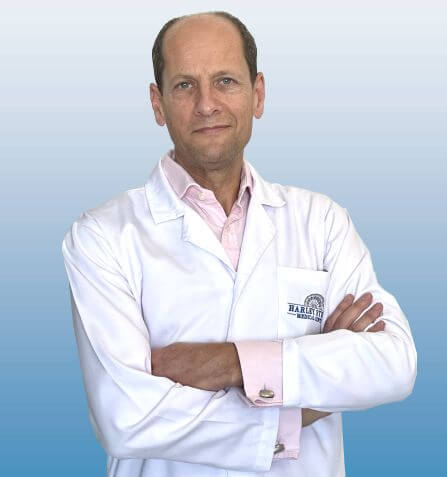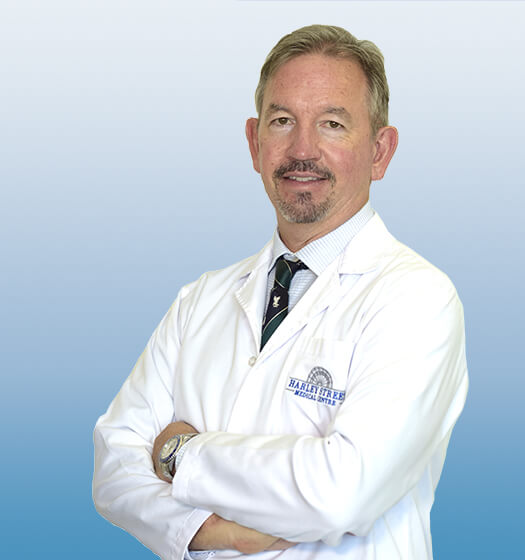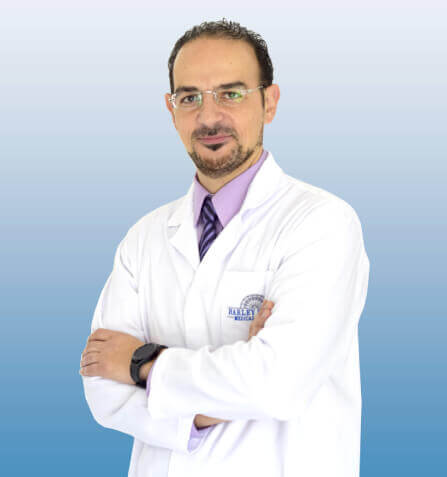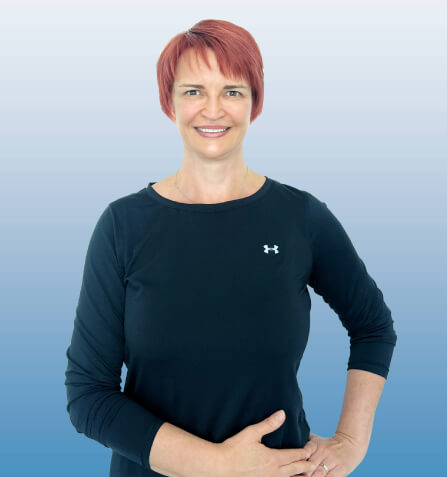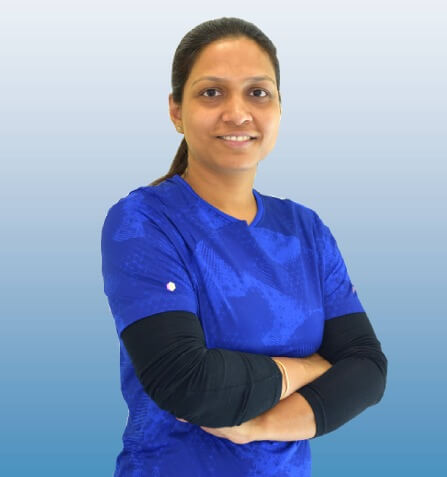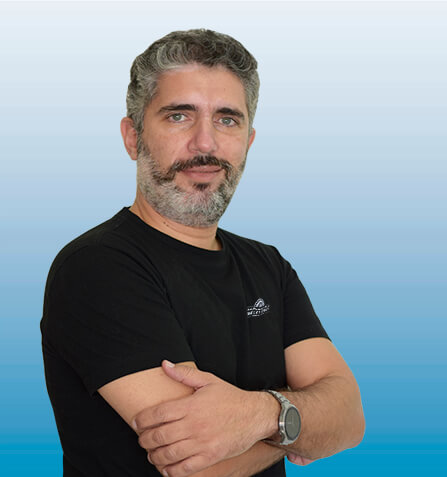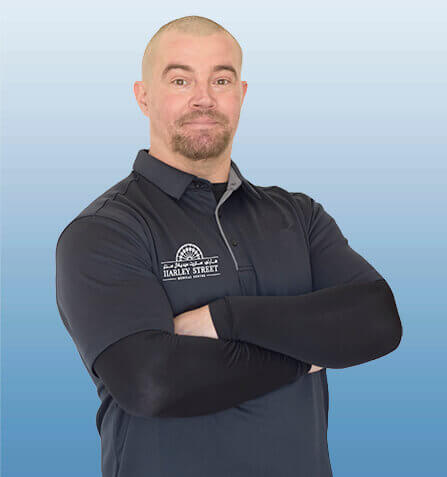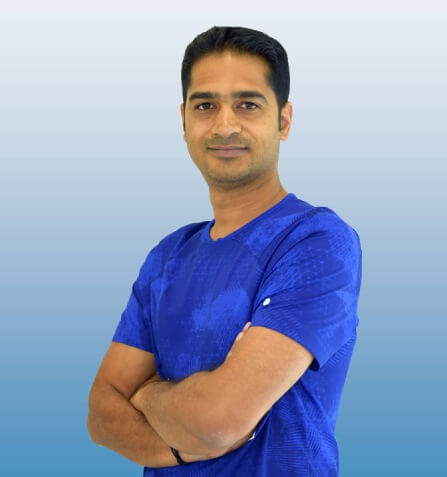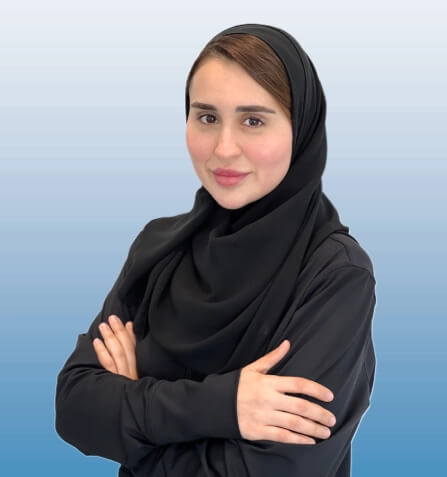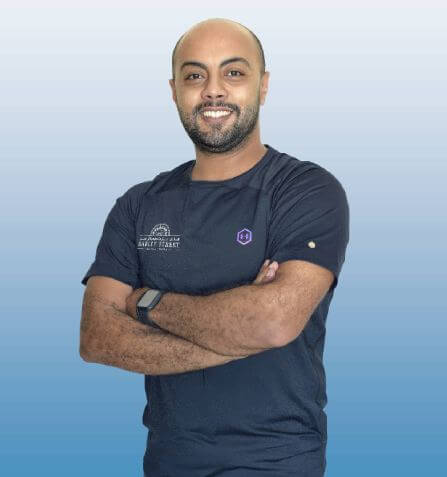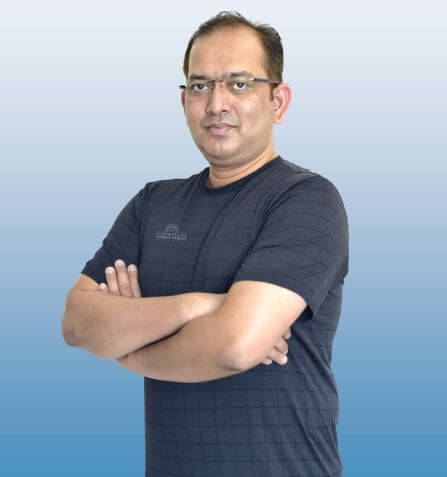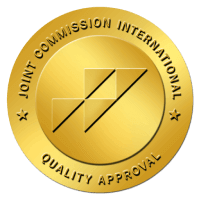OSTEOARTHRITIS OF JOINTS
Osteoarthritis, also called degenerative joint disease is the most common form of arthritis. It occurs most often in older people. This disease affects the tissue covering the ends of bones in a joint (cartilage).In a person with osteoarthritis, the cartilage becomes damaged and worn out causing pain, swelling, stiffness and restricted movement in the affected joint. This condition most commonly affects the joints in knees, ankles, hip, shoulder, wrist, feet and spine.
CAUSES & RISK FACTORS
Osteoarthritis is caused by the wearing out of the cartilage covering the bone ends in a joint. This may be due to being overweight, excessive strain over prolonged periods of time, previous fracture, growth abnormalities, joint diseases, injury or deformity.
Some people have congenital abnormalities of the joints that cause early degeneration and subsequently cause osteoarthritis.
DIAGNOSIS
Doctors diagnose osteoarthritis with a medical history, physical exam and x-rays of the affected joint. During the physical examination your doctor will examine the affected joint for swelling, pain, tenderness, and assess the joint’s range of motion. An X-ray of the knee may show a loss of the joint space and bone spur formation.
There is no blood test for osteoarthritis.
TREATMENT
There is no known cure for osteoarthritis; however there are several treatments and lifestyle modifications that can help you ease your pain and symptoms. The objective of the treatment is to reduce pain, improve joint movement, and prevent further damage to joint. The treatment of osteoarthritis involves:
Medications: Medications may include different classes such as anti-inflammatory drugs, steroid injections, lubricant injections in the joints and other drugs.
LIFESTYLE MODIFICATION
Some of the lifestyle modifications include:
- A moderate exercise program
- Use of cold treatments
- Eating a healthy and well balanced diet
- Get adequate rest
- Lose weight
- Protect your joints with the use of assistive devices such as splints or braces to support the weakened joints
Physical Therapy: Your physical therapist will teach you exercises to keep joints flexible and improve muscle strength.
Surgery: Surgery is usually considered if nonsurgical treatment fails to provide relief. Joint replacement surgery is considered as an option when there is deformity to the joint and the pain is so severe that it affects your ability to carry out normal activities.

